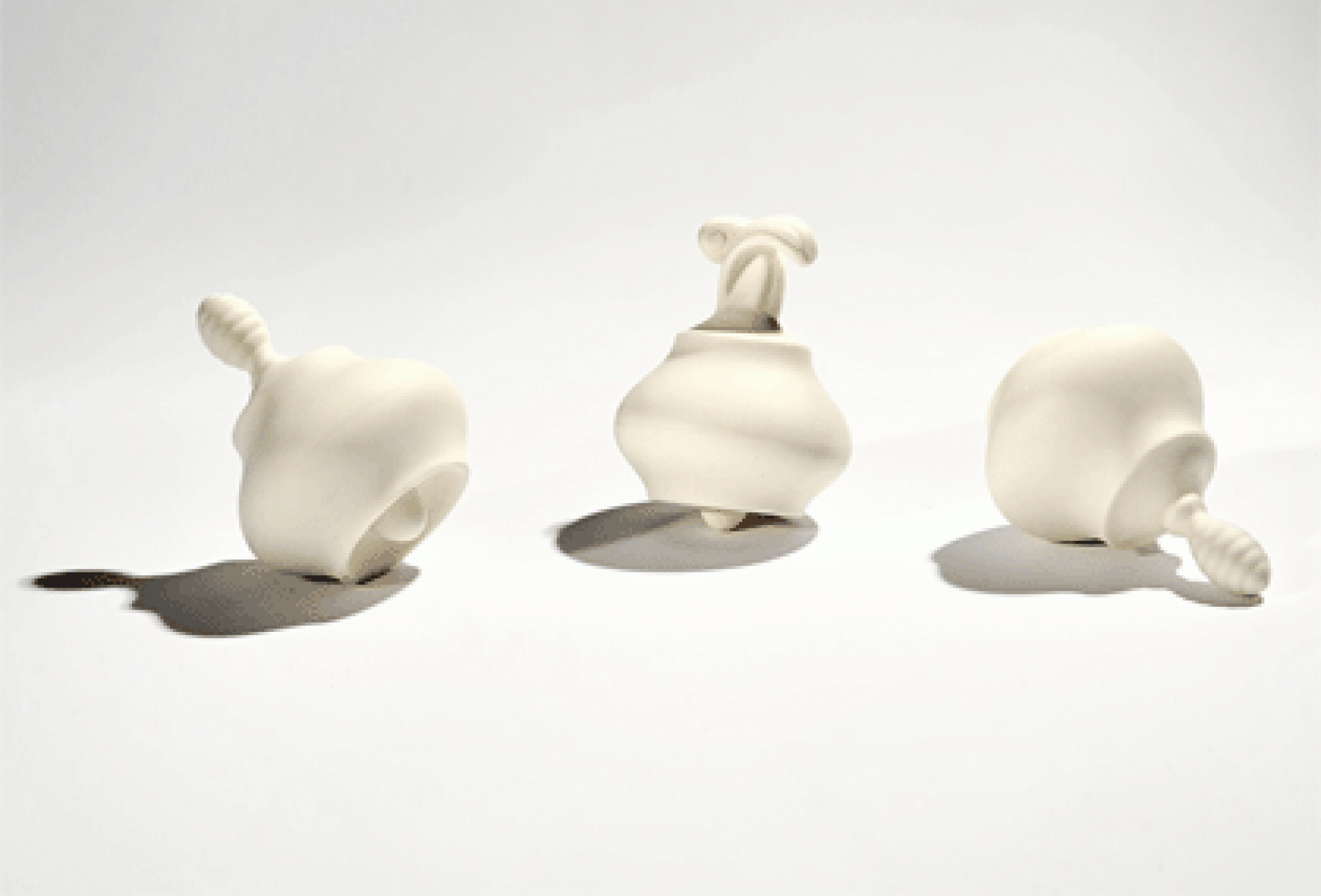Table of Contents
Introduction
Users converting their existing CA Gen Windows GUI clients to the new Web Generation features as provided with the CA Gen are facing many unsupported or having partial support for many features that they are free to use in the GUI Windows environment. This is because of a lot of functionality is provided using third party solutions based on the OLE technology that is not supported by many browsers.
Building a simple web application allows displaying different images on the page depending on the current transaction context becomes a challenge and requires using external logic. The CA Gen provides two web page design features allowing provide external logic. They are HTMLText and HTMLControl.
This post provides tips how to implement external logic using JavaScript and external frameworks. A simple application will be used as an example explaining how step by step achieves the desired result.
Example application
Web example application is very simple.

There is a drop down list box with a list of names. Picture of the person is displayed whenever a new name is selected.
Design
Design requires the creation of a single window with the mode set to HTML. Windows has two controls. One is drop-down list box and picture control.
 

External logic will be provided by the HTML Text located in the page header.
![]()
HTMLTextHeader is not visible on the page and will be executed once by the browser when a page is loaded.

Action block implementing procedure step displaying window does not have any logic of its own.

It has one statement and it is just to prevent error messages. Developers will provide a number of statements in normal circumstances.
Package, Generate, Build and Deploy
The application is ready to be generated once packaging of the application is completed. Build Tool will compile all required code and Assembly function will produce ear file with all what is required to run after deployment to the target application server. URL address to invoke the application from the browser will be something like below:
http://youraddress:7001/dynimg/disimage.jsp
The sample application has been developed using the following software:
- Windows 10
- CA Gen 8.6 (Free)
- Java Version 8 (Update 20)
- JQuery 3.2.0
- Weblogic Server Version 12.2.1.2.0
External logic explained
Writing handwritten JavaScript scripts is the main way to deliver external logic to the web pages generated from the CA Gen model when existing version of the software does not offer a suitable solution. Additionally, we are going to use jQuery library. The purpose of jQuery is to make much easier to use JavaScript when developing web pages and the jQuery is easy to learn.
Let us look first on HTML page that has been generated from the CA Gen model. The file name of the page is DISPLAY_IMAGE.html.
Code for drop-down list box look as follows:
<SELECT CLASS='DFGUICMG DropDownList' NAME='DropDownList' ID='DropDownList' style="dir:ltr; position:absolute; left:56; top:18; width:316; " > <OPTION VALUE=' ' ></OPTION> <OPTION VALUE='Kowalski' >Kowalski</OPTION> <OPTION VALUE='Skipper' >Skipper</OPTION> <OPTION VALUE='Private' >Private</OPTION> <OPTION VALUE='Rico' >Rico</OPTION> </SELECT>
Code for picture control looks as follows:
<IMG NAME='Picture' ID='Picture' CLASS='DFGUILIT Picture' TABINDEX=0 style=" position:absolute; left:56; top:88; width:315; height:322; " SRC='images/any.jpg' BORDER=0 WIDTH=315 HEIGHT=322 ALT='ANY' TITLE='ANY' >
Picture control generated above has SRC parameter set once during generation and cannot be changed inside action block. This is why we need a JavaScript to do it for us.
Part of the header section of the HTML page you will see included the following code:
<!-- HTMLTextHeader -->
<script src="https://ajax.googleapis.com/ajax/libs/jquery/3.2.0/jquery.min.js"></script>
<script>
$(document).ready(function(){
$("#DropDownList").change(function(){
$("#Picture").attr("src", "images/" + $("#DropDownList").val() + ".JPG");
});
});
You will notice that CA Gen generator included contents of the HTML Text control into the header section of the generated HTML. First <script> statement refers to the website with the jQuery library. The second <script> statement defines a function that will execute each time another value from the drop-down list box is selected. It listens to the change event and executes statement changing SRC parameter in the picture control. This action causes refresh and a new picture from another file is displayed in the browser.
This solution pickups images from the images subdirectory which is uploaded during deployment stage. It is important to remember to place all required images before deployment in the correct subdirectory of the model.
You can learn more about jQuery and how it works here.
Possibile modifications
This blog provides very simple example just to explain the main mechanism used creating external logic. More complicated modifications can be introduced using a similar approach. It could be more sophisticated image controls including video or images are stored in the database rather that in the file system and extracted dynamically when required. This will require to develop and implement external logic in Java using the CA Gen External Action Blocks mechanism. This can be a topic for another blog.
Links
Here you will find sample CA Gen model with the example used in this blog. Need to generate code, build web client application, assembly and deploy into one of the supported web servers.
